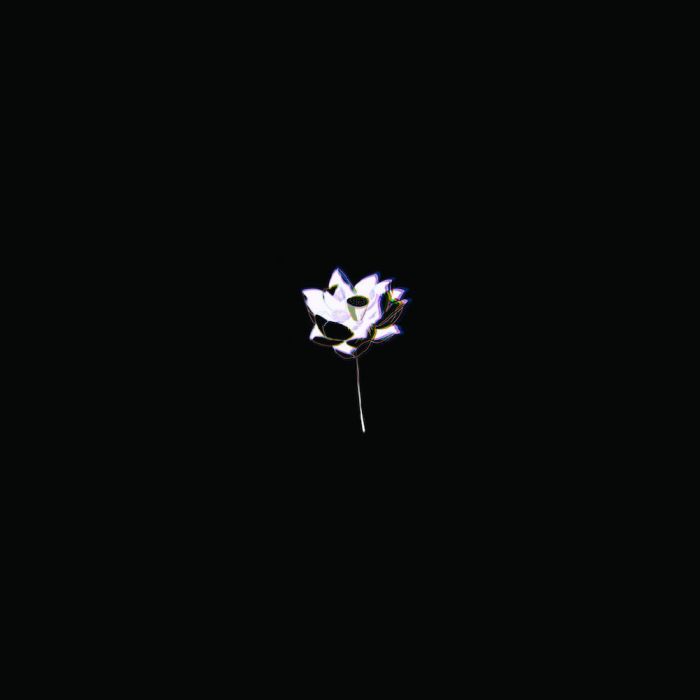Life in Death by Kintsugi (Review)

The last time you broke a bowl or plate, chances are you probably just threw it away. Or, if you were inclined to repair it, you probably tried to mend it as perfectly as possible, so that it looked like the breakage had never happened. But the Japanese art form of kintsugi takes the opposite approach. Rather than try and make a piece look like it’s never been broken at all, kintsugi artists repair the cracks with gold-dusted lacquer, highlighting the fractures and transforming them into part of the piece.
Similar to the Japanese concepts of mono no aware (a wistful mindfulness concerning the ephemeral nature of existence) and wabi-sabi (an appreciation of the beauty found in imperfection), kintsugi doesn’t attempt to hide the brokenness. Instead, it acknowledges and uses the brokenness to ultimately make the piece even more beautiful and meaningful than it was when it was “whole.”
Kintsugi is also the name of a musical project from siblings Kessiah and Stephan Gordon, who began composing music together following the deaths of their mother and grandmothers. And just as a kintsugi artist uses gold powder to transform broken pieces of clay into art, the Gordons — as Kintsugi — have used music to transform their grief into something beautiful. Heartbreaking and melancholy to be sure, but all the more beautiful because of the pain and sadness behind each note.
Given the album’s origins in grief, you might brace yourself, expecting Life in Death to be an overwhelmingly gloomy affair. But as its title implies, the album’s eleven instrumentals often flow with a certain lightness and deftness. Or as the band puts it, “the album reveals the story of their mother’s transition; from the moment of departure to the ecstatic realization that the one you love is no longer suffering, and can now dance as she so deeply loved to do.”
“Let Me Show You” and “Good Grief” are filled with intricate guitar filigrees, subtle dynamics, and lush atmospherics that wouldn’t sound out of place on albums by American Football or The Album Leaf. “Good Grief” is especially lovely as it moves through several shades of emotion before ending with the arrival of a poignant string arrangement. Later, “Aya, Spring Kokoro” and “Hanabi” trade the guitar for reflective piano melodies, with the latter employing synth flourishes that suggest Nils Frahm rearranging one of Joe Hisaishi’s masterful Studio Ghibli soundtracks.
Life in Death runs the emotional gamut, from the rollicking Khruangbin-esque “Trancing” to the moody “You Can Hear the Flowers Waking,” whose blurry guitar soundscapes and sparse piano notes envision spring rains and overcast skies — the perfect season for reminiscing about lost loved ones. But in the end, death always leaves a mark, a scar. Thus, it’s entirely fitting that the album closes with the haunting “Saigo,” which ends in an unresolved fashion that hints at things left unsaid and unfinished.
Turning to art in the midst of grief is an intrinsically human act. Art offers a way to make sense of pain and sorrow, to find meaning within it. Countless musicians have done so, resulting in powerful albums from the likes of Natalie Bergman, Nick Cave, and Sufjan Stevens (to name a few). And with Life in Death, Kessiah and Stephan Gordon have transformed their private grief into another such album for the rest of us to… “enjoy” is too blithe and “appreciate” is too innocuous. Best to think of Life in Death as a potential resource, a balm that’s available when you inevitably find yourself grieving and in need of solace and comfort.